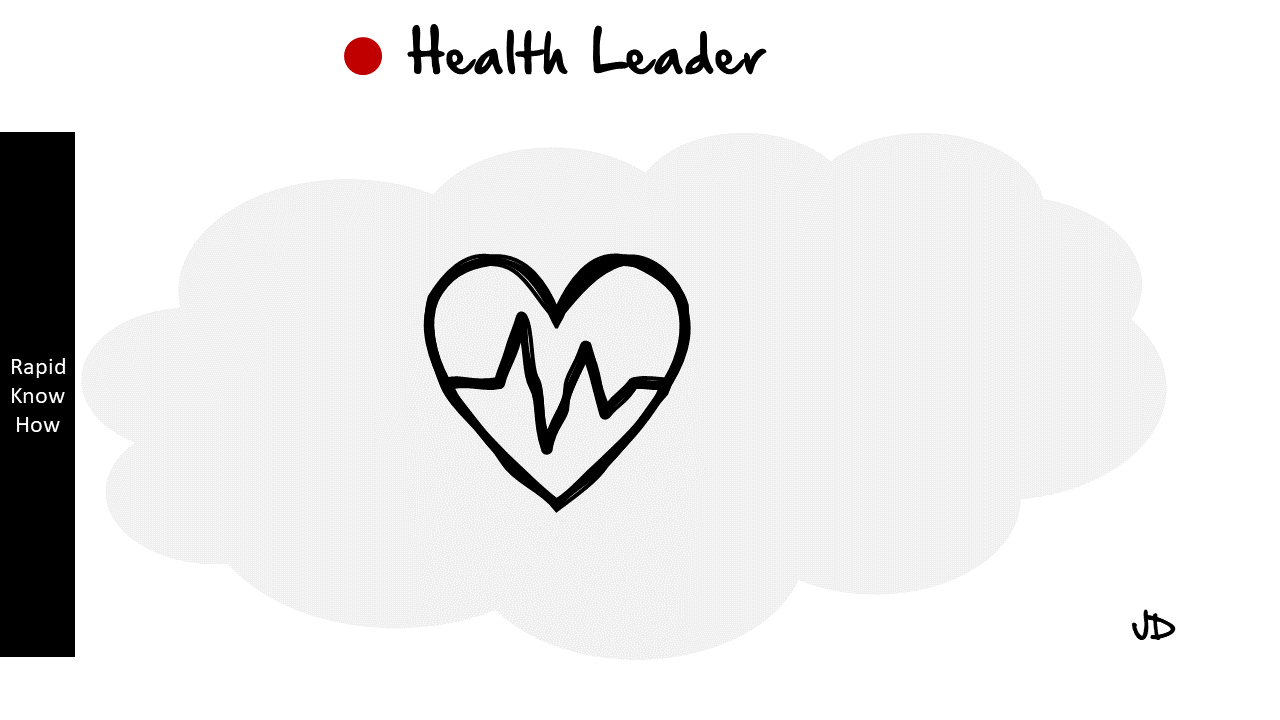The medical gas sector is also experiencing innovation driven by advancements in technology, safety regulations, and the need for more efficient and effective healthcare delivery. Here are some key areas of innovation in the medical gas sector:
1. Advanced Gas Delivery Systems: Innovations in gas delivery systems have improved the safety, accuracy, and efficiency of administering medical gases. These systems include advanced flow meters, pressure regulators, and alarm systems that ensure precise delivery of gases to patients.
2. Portable Oxygen Concentrators: Portable oxygen concentrators are compact devices that extract oxygen from the surrounding air and deliver it to patients who require supplemental oxygen. These devices have revolutionized the mobility and independence of patients with respiratory conditions, allowing them to engage in daily activities without the need for bulky oxygen tanks.
3. Remote Monitoring and Telemedicine: Remote monitoring technologies enable healthcare providers to monitor patients’ vital signs and oxygen levels remotely. This allows for early detection of any abnormalities or changes in a patient’s condition, enabling timely interventions. Telemedicine platforms also facilitate virtual consultations, reducing the need for in-person visits and improving access to medical expertise.
4. Gas Mixtures and Therapies: Innovations in gas mixtures have expanded the range of medical gases available for therapeutic purposes. For example, hyperbaric oxygen therapy involves the administration of 100% oxygen at higher than atmospheric pressure to promote healing and treat various medical conditions. Other gas mixtures, such as nitric oxide, are used for specific respiratory conditions.
5. Gas Monitoring and Safety Systems: Safety is a critical aspect of the medical gas sector. Innovations in gas monitoring systems, such as gas sensors and alarms, ensure the continuous monitoring of gas levels, pressure, and purity. These systems help prevent gas leaks, contamination, and other safety hazards.
6. Cryotherapy and Cryosurgery: Cryotherapy involves the use of extremely cold temperatures to freeze and destroy abnormal tissues, such as tumors or warts. Cryosurgery is a minimally invasive procedure that uses medical gases, such as liquid nitrogen, to freeze and remove abnormal tissues. These techniques have advanced the field of dermatology and oncology, offering less invasive treatment options.
7. Gas Delivery in Anesthesia: Innovations in anesthesia delivery systems have improved patient safety and comfort during surgical procedures. Advanced anesthesia machines and vaporizers ensure precise delivery of anesthetic gases, while patient monitoring systems provide real-time data on vital signs and gas levels.
8. Gas Recycling and Waste Management: Innovations in gas recycling and waste management systems help reduce the environmental impact of medical gases. These systems capture and recycle unused gases, minimizing waste and ensuring the responsible use of resources.
9. Gas Storage and Distribution: Innovations in gas storage and distribution systems have improved the efficiency and reliability of supplying medical gases to healthcare facilities. These systems include advanced storage tanks, pipelines, and distribution networks that ensure a continuous and reliable supply of medical gases.
10. Research and Development: Ongoing research and development efforts in the medical gas sector are driving innovation in areas such as new gas therapies, improved gas delivery systems, and enhanced safety measures. These advancements aim to improve patient outcomes, reduce healthcare costs, and enhance the overall quality of care.
These innovations in the medical gas sector are transforming healthcare delivery, improving patient safety, and expanding treatment options. They are driven by the need for more efficient, effective, and patient-centered care, and have the potential to revolutionize medical practices and improve healthcare outcomes.
